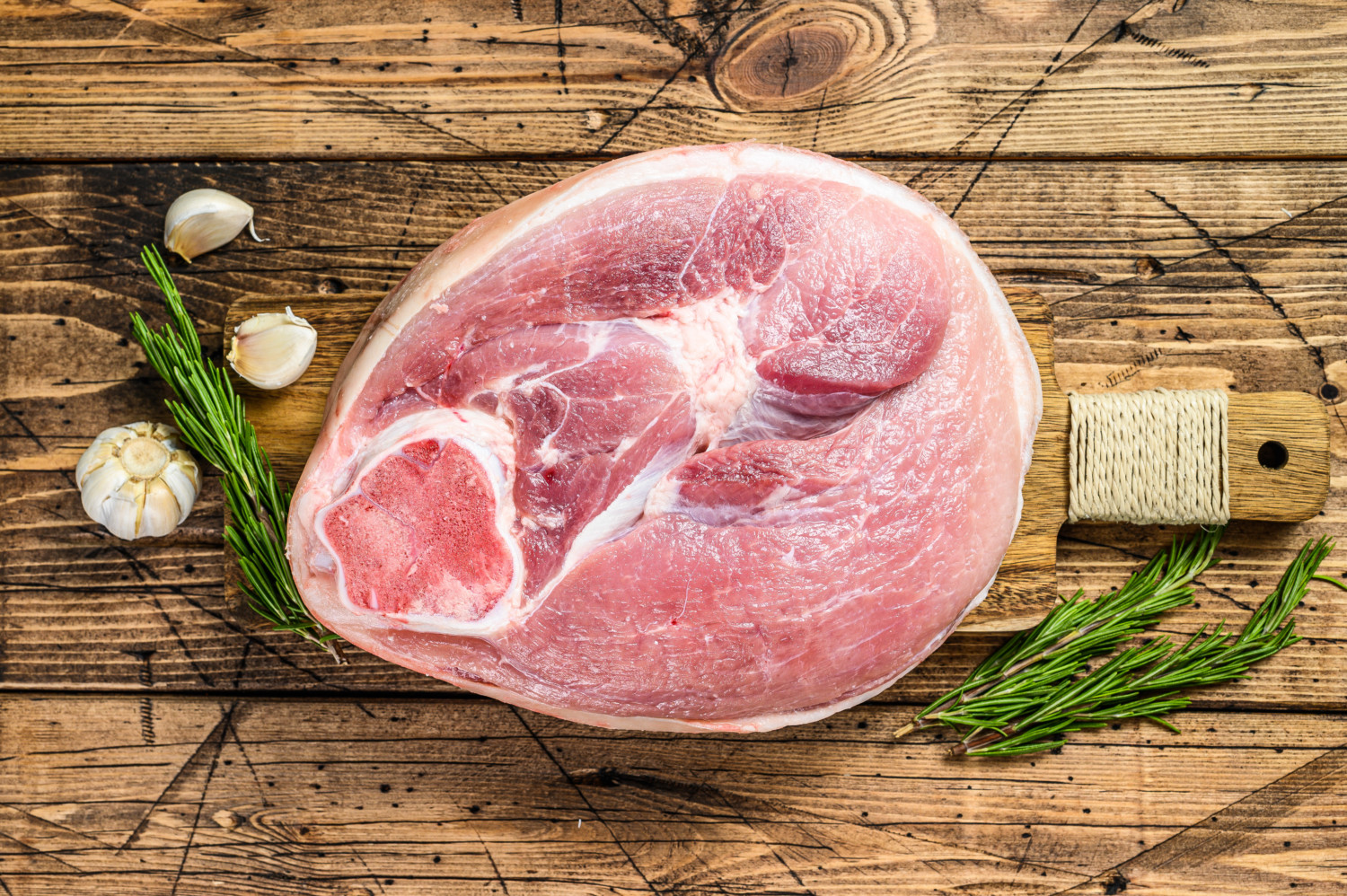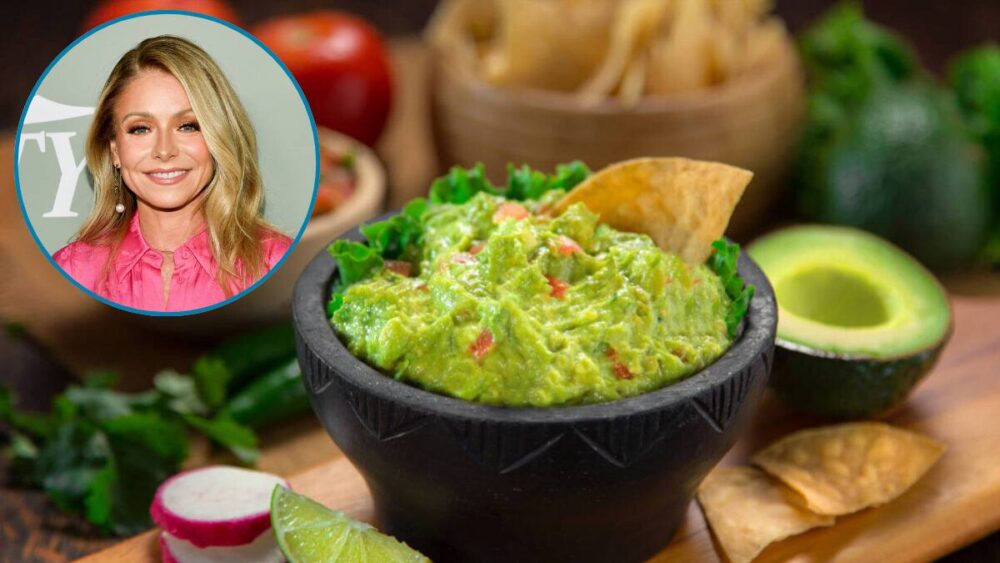How to cook a fresh ham

I was at an embarrassingly advanced age when I realized that the hams my family served for special occasions were pre-cooked, like most hams. That doesn’t take away from their deliciousness, of course. However, as it turns out, you can get fresh or uncured ham — a raw ham that you cook at home.
If you’re in the mood for another project this season, the delicate flavors of a home-cooked ham could bring raves from your holiday guests.
The first step is to make sure you buy a fresh ham — fresh ham will say something like “cook before eating” on the label and have basic cooking instructions. (According to Serious Eats, most hams sold in the U.S. are the precooked variety, so shop carefully or talk to the butcher.)
Try to get a bone-in ham, if possible. It tastes better, and the leftover bone can be used to flavor soup or a big pot of vegetables.
Once you’ve got your ham in hand, the technique is easy — some experts liken it to cooking a pork shoulder or a turkey. Which, if you’ve done it before, is simply prepping the meat and giving it a good, long roast.
Start by slashing the ham’s fat into a diamond pattern. Whatever glazes or seasonings you use will seep into the meat through those little cuts. Some cooks perform the glazing/flavoring step starting an hour or so from the end of cooking time, as this prevents a sugary sauce from burning. Do whatever your recipe tells you!
Lots of folks enjoy a sweeter flavor for their seasonings to contrast with the salty ham; Cooking Light recommends this tangy-sweet champagne glaze. But the holiday goddess herself, Martha Stewart, prefers a garlicky, herbaceous rub to highlight the ham’s freshness.
Here’s the basic method: Preheat the oven to 325 degrees Fahrenheit. Set your prepared ham on a rack inside a shallow, heavy roasting pan. Cook the ham for about 20 minutes per pound, give or take a few minutes per pound.
Some cooks also recommend cooking the ham in simmering water for 3 hours, then finishing in a 300-degree oven for another 2-3 hours. Both these methods — using lower heat and cooking in water — help it keep from drying out. Whichever method you choose, your goal is to get your ham to 160 degrees internally, perhaps with a few pauses for basting along the way.
Once done, allow the ham to rest. You may also want to add another layer of glaze at this time, if it’s called for.
Just like a cooked turkey, that’s about it. Slice and serve with your fave sides — scalloped potatoes are traditional at my family gatherings. Then get back to celebrating!
[h/t: Cooking Light]







